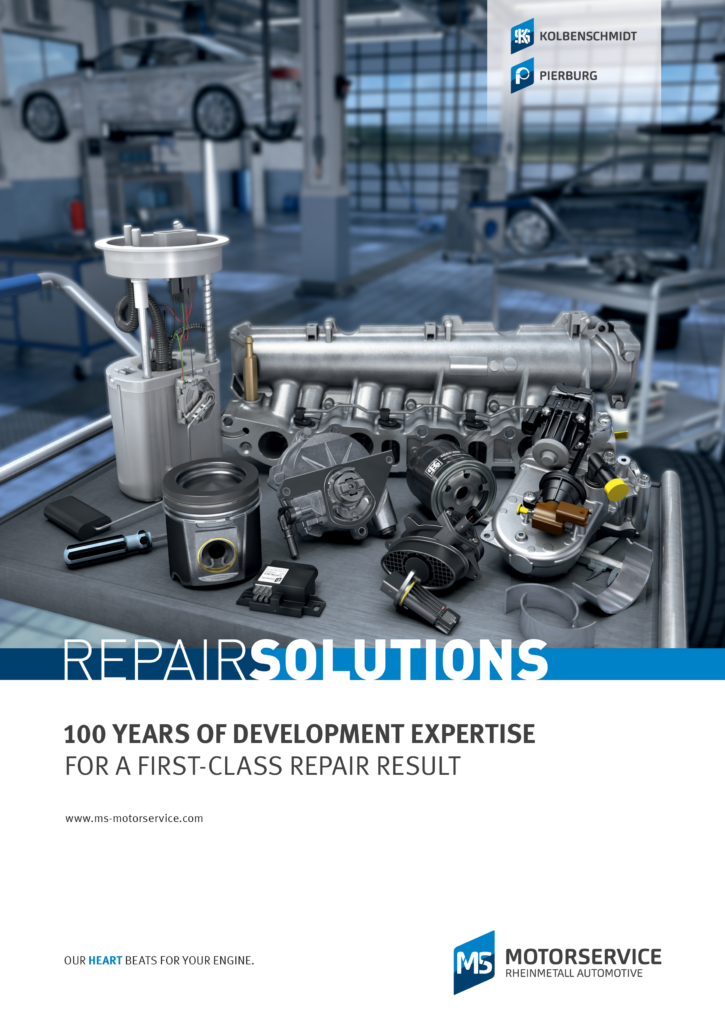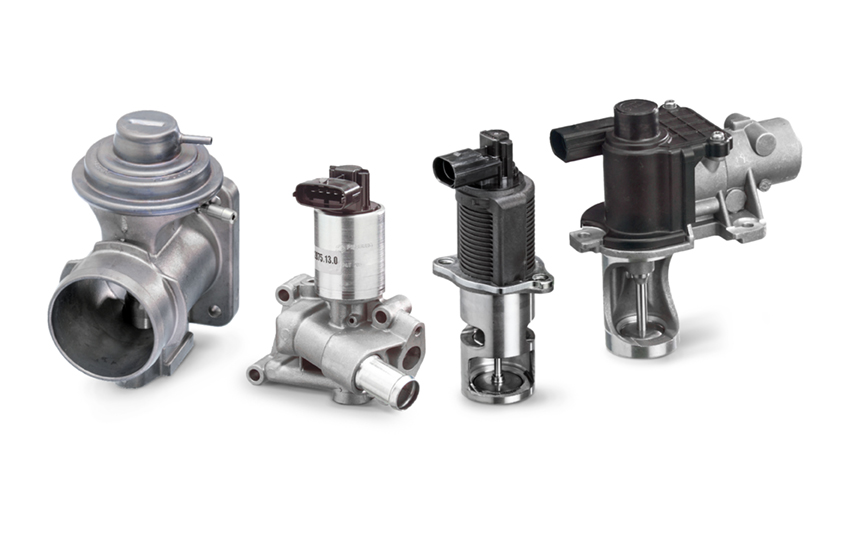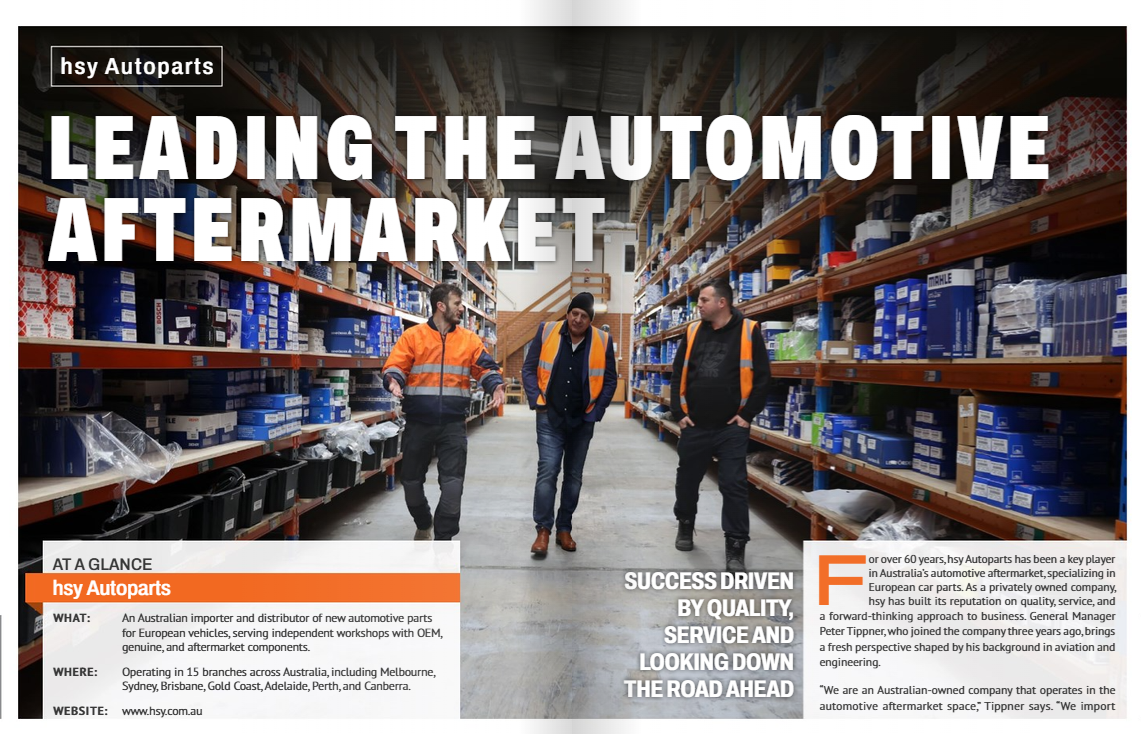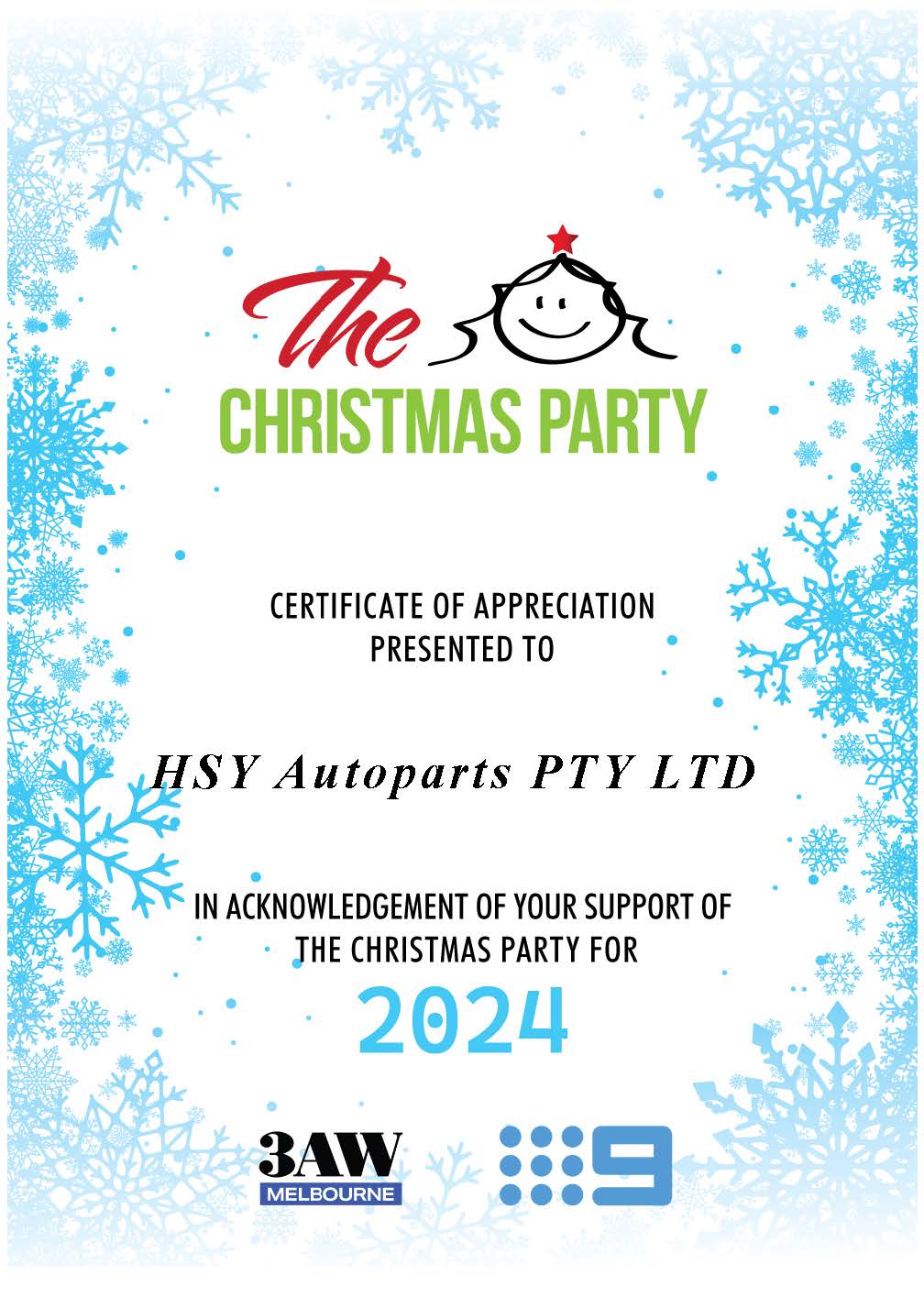Systems for exhaust gas recirculation are in demand.
The debate on reducing passenger car emissions is currently dominating the headlines. Calls are increasingly being made for the use of alternative drives. However, the already established technology of exhaust gas recirculation (EGR) can make an important contribution in this regard as well..
Increasingly strict emission regulations around the world have significantly advanced the use of EGR technology. Systems with cooled exhaust gas recirculation have been increasingly required since the introduction of the Euro 4 emissions standard in order to achieve the relevant exhaust gas limits. EGR coolers have been installed in almost all vehicles since Euro 5. Euro 6 then made it necessary to have low-pressure EGR in addition to highly cooled EGR in order to achieve the permissible level of nitrogen oxide emissions. No end seems to be in sight: the demand for increasingly efficient components is growing rapidly.
A true pioneer of exhaust gas recirculation offers solutions in this field: at its German site in Neuss, Pierburg has been producing EGR valves since 1970. The company is now the European market leader for emission control and reduction of consumption in the engine and produces a wide range of EGR coolers and valves for numerous state-of-the-art vehicles as an OEM. Its sister company, Motorservice, which is responsible for aftermarket activities, provides the independent aftermarket with these high-quality products.
The importance of EGR
The current trend in exhaust gas recirculation is for compact modules made from aluminium with an integrated EGR valve, bypass flap and additional attachments such as oil coolers and oil filters. It is therefore all the more important that the components are coordinated both precisely to one another as well as to the relevant engine. Only in this manner can they guarantee full functionality. For this reason, it is advisable to replace worn or faulty components with an equivalent spare part. Although the components involved in exhaust gas recirculation are not traditional wear parts, a failure may still occur during the life of the engine. Many people also visit the nearest repair shop in the event of typical symptoms of a malfunction in the EGR system such as black smoke, loss of power, poor idling or inadequate acceleration. After all, each malfunction leads to loss of power, meaning that a repair is inevitable.
About exhaust gas recirculation
Cooled exhaust gas recirculation reduces the oxygen content in the air-fuel mixture by adding exhaust gas, and therefore decreases the combustion temperature in the cylinders. Since harmful nitrogen oxides (NOx) predominantly occur at high temperatures and pressures, NOx concentrations can thus be reduced by up to 50 per cent – before they are released into the environment. The formation of soot particulates is also decreased by approx. 10 per cent in diesel engines through exhaust gas recirculation.
Repair Solutions. Brought to you by Motorservice International




